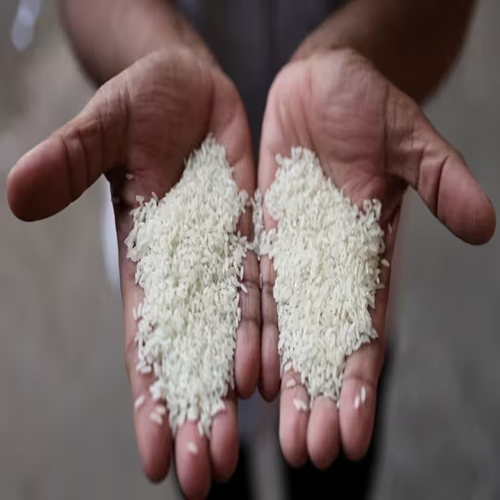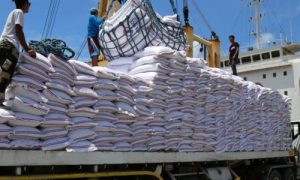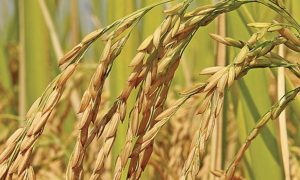Centre to liquidate surplus rice

The new Indian government aims to liquidate excess rice stocks held by FCI before the new procurement season. With 50 MT stock against a 13.54 MT buffer, measures include open market sales and potential exports. Despite last fiscal’s minimal sales, prospects for kharif paddy sowings may prompt export curbs removal. Rising rice prices prompt actions to stabilize markets, with agencies like Nafed selling rice under the Bharat initiative to curb price spikes.
In what could boost grain supplies in the market, the new central government will focus on liquidating the huge surplus of rice stocks held with the Food Corporation of India (FCI) ahead of the new paddy procurement season (2024-25) scheduled to commence on October 1.
Sources told FE that an inter-ministerial group on prices will soon meet to discuss measures to deal with surplus rice stock which is currently more than 3.5 times over the buffer required would be taken up. There are also discussions about the lifting of some of the restrictions imposed on the rice exports last year. “While we need to deal with elevated inflation in rice, at the same time carrying the cost of huge surplus stocks at the central pool is rising which would lead to higher expenses under food subsidy,” an official said. The economic cost of rice, including minimum support price (MSP), storage, transportation and other cost is estimated at `3,975/quintal for the current fiscal. Currently, FCI holds 50 million tonne (MT) — 32.31 MT of rice stocks and 17.91 MT of grain receivable from millers. The stock is against the buffer of 13.54 MT for July 1. The government needs about 38 MT of rice annually to supply under the Pradhan Mantri Garib Kalyan Anna Yojana (PMGKAY).
Because of rising stocks, officials said at present FCI has been unable to receive rice given from milling due to space constraints across several states including Punjab, Haryana and Chhattisgarh. With the steady progress of monsoon since its onset in Kerala on May 30 and the India Meteorological Department (IMD) predicting ‘above normal’ rainfall during the June-September period, sowing of kharif paddy, which has a share of 80% in total rice output, is expected to get a boost.
With the arrival of paddy expected to commence from October 1, the government has to initiate steps to reduce the stock in the central pool through open market sales and allow exports of white rice on a government-to-government basis.
The last fiscal open market sale of rice at `29/kg to bulk buyers did not elicit a positive response as only around 0.1 MT of rice
was sold. Sources said the government will assess the sowing of kharif paddy — expected to commence next month — before taking a call on removing curbs on shipments. “We need to look at lifting restrictions on rice shipments as kharif crop prospects look bright,” an official said. Last year, the government had initially banned white rice exports and subsequently imposed a 20% shipment duty on parboiled rice to improve domestic supplies as price rises remained in double digits. The government, from time to time, allowed rice exports to meet the food security needs of some countries on the basis of request.
Retail rice prices rose 12.51% last month, marginally lower from March. The inflation in rice prices has been in double digits since October 2022. In addition, officials said FCI so far has received a purchase indent for 1.5 MT of rice from agencies such as Nafed, NCCF and Kendriya Bhandar for selling ‘Bharat’ rice. About one MT of grain has been sold by these agencies for distribution through retail outlets at `29/kg under the Bharat rice initiative launched to curb the spike in prices in February.














